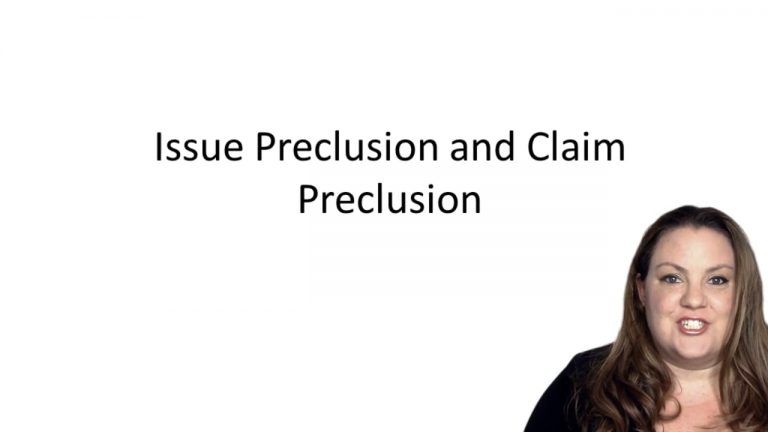SmartBrief
Confirm favorite deletion?
Civil Procedure Keyed to Babcock
Kremer v. Chemical Corp.
Citation:
456 U.S. 461 (1982)Facts
Plaintiff Kremer, a Polish immigrant, was hired by Defendant in 1973 but terminated in 1975 with a few other employees. Kremer reapplied for the same position several times but was denied, despite other people that were also terminated regaining their employment. Kremer filed a discrimination charge with the Equal Employment Opportunity Commission alleging he was not rehired because of his religion and national origin. The EEOC referred Kremer’s complaint to the New York Division of Human Rights (NYDHR). NYDHR determined that there was no probable cause showing that Defendant Chemical discriminated against Kremer. NYDHR’s board of appeals affirmed the decision, finding that it was not arbitrary or capricious. Kremer refiled his complaint with the EEOC and petitioned the New York Supreme Court to set aside NYDHR’s finding. The New York Supreme Court affirmed and Kremer did not seek review by the Court of Appeals of New York. The EEOC also found no cause to believe Defendant Chemical discriminated against Kremer. Kremer brought suit against Defendant Chemical in federal district court alleging a violation of Title VII. The federal court dismissed the claim citing res judicata. Kremer appealed and the U.S. Supreme Court granted certiorari.
Only StudyBuddy Pro offers the complete Case Brief Anatomy*
Access the most important case brief elements for optimal case understanding.
*Case Brief Anatomy includes: Brief Prologue, Complete Case Brief, Brief Epilogue
- The Brief Prologue provides necessary case brief introductory information and includes:
Topic:
Identifies the topic of law and where this case fits within your course outline.Parties:
Identifies the cast of characters involved in the case.Procedural Posture & History:
Shares the case history with how lower courts have ruled on the matter.Case Key Terms, Acts, Doctrines, etc.:
A case specific Legal Term Dictionary.Case Doctrines, Acts, Statutes, Amendments and Treatises:
Identifies and Defines Legal Authority used in this case.
- The Case Brief is the complete case summarized and authored in the traditional Law School I.R.A.C. format. The Pro case brief includes:
Brief Facts:
A Synopsis of the Facts of the case.Rule of Law:
Identifies the Legal Principle the Court used in deciding the case.Facts:
What are the factual circumstances that gave rise to the civil or criminal case? What is the relationship of the Parties that are involved in the case.Issue(s):
Lists the Questions of Law that are raised by the Facts of the case.Holding:
Shares the Court's answer to the legal questions raised in the issue.Concurring / Dissenting Opinions:
Includes valuable concurring or dissenting opinions and their key points.Reasoning and Analysis:
Identifies the chain of argument(s) which led the judges to rule as they did.
- The Brief Prologue closes the case brief with important forward-looking discussion and includes:
Policy:
Identifies the Policy if any that has been established by the case.Court Direction:
Shares where the Court went from here for this case.
Topic Resources
Topic Outline

 10m 50s
10m 50s